Category: News Blog
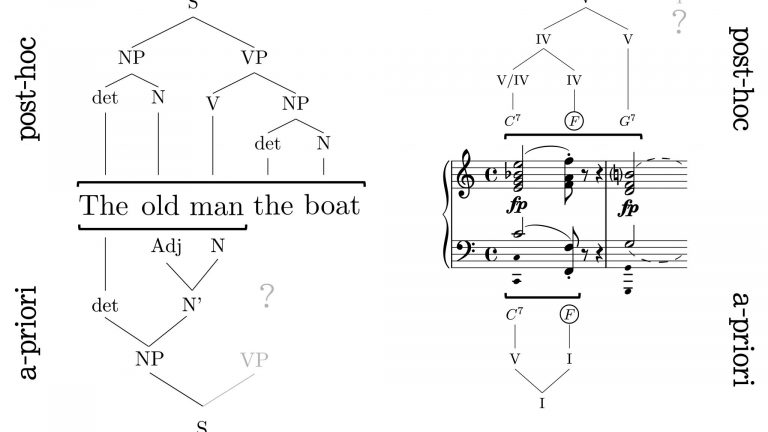
Musical garden paths: syntactic revision in music
Our study on musical syntactic revision has just been published in Cognitive Science 46(7). Syntactic revision is a well known phenomenon in language. While reading the first part of the garden-path sentence in Fig. 1a (“The old man…”), the most likely interpretation is to understand “man” as a noun and to expect a Verb Phrase (…)
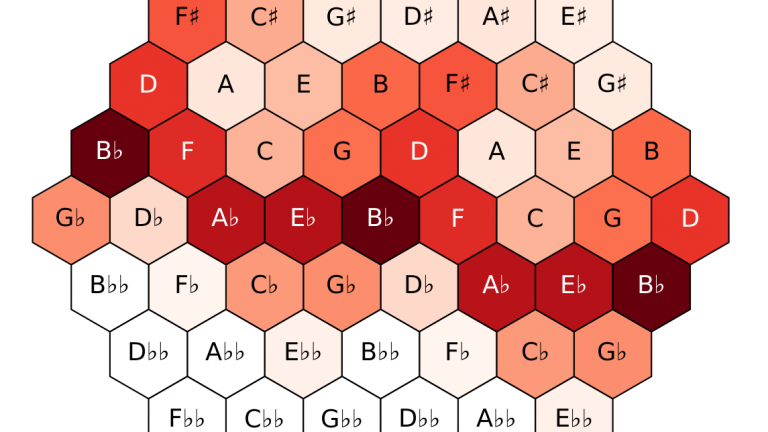
DCML Workshop – Advanced Tonfeld Theory
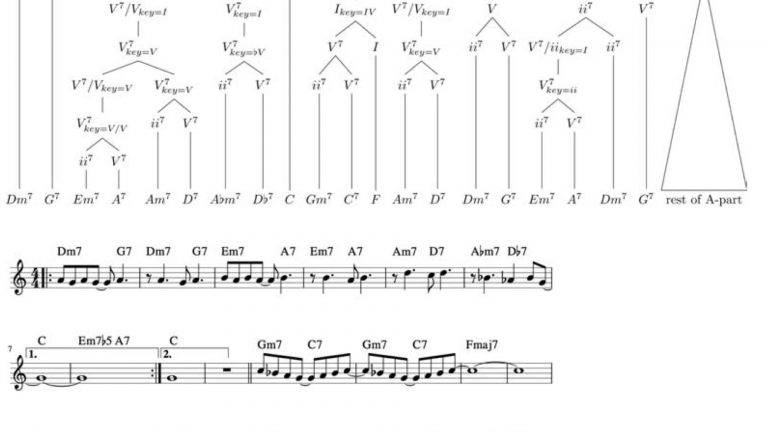
A grammar theory of Jazz harmony
The regularities underlying the structure building of chord sequences, harmonic phrases, and combinations of phrases constitute a central research problem in music theory. This article proposes a formalization of Jazz harmony with a generative framework based on formal grammars, in which syntactic structure tightly corresponds with the functional interpretation of the sequence. It assumes that (…)
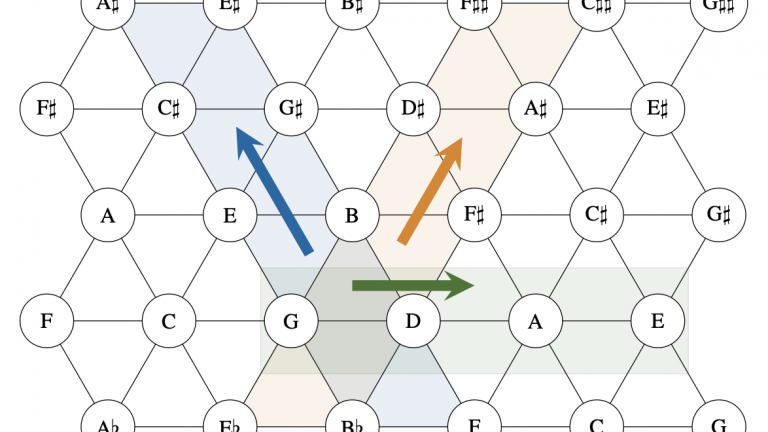
A Formal Model of Extended Tonality
Extended tonality is a central system that characterizes the music from the 19th up to the 21st century, including styles like popular music, film music or Jazz. Developing from classical major-minor tonality, the harmonic language of extended tonality forms its own set of rules and regularities, which are a result of the freer combinatoriality of (…)
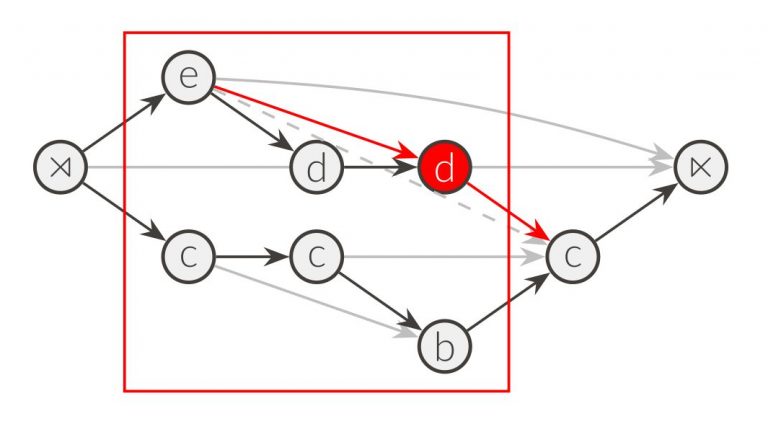
Protovoices – a New Model of Free Polyphony
At this year’s ISMIR Conference, we presented our work on protovoices. Protovoices address the problem of how the notes are organized in a piece of music written in free polyphony. Free polyphony means that the notes are neither organized in a fixed set of voices (as in a chorale or a fugue) nor in simple (…)
Tong Yun San Gong: a step-by-step demonstration of the evolution of the Chinese heptatonic scales
What are the differences between heptatonic scales used in China and in other cultures? Here we introduce three levels in the Chinese scale system: Yun (均), Gong (宫), Diao (调), and try to illustrate the Chinese scale derivation process called “three Gong in the same Yun (同均三宫 Tong Yun San Gong)”, a theory first proposed (…)
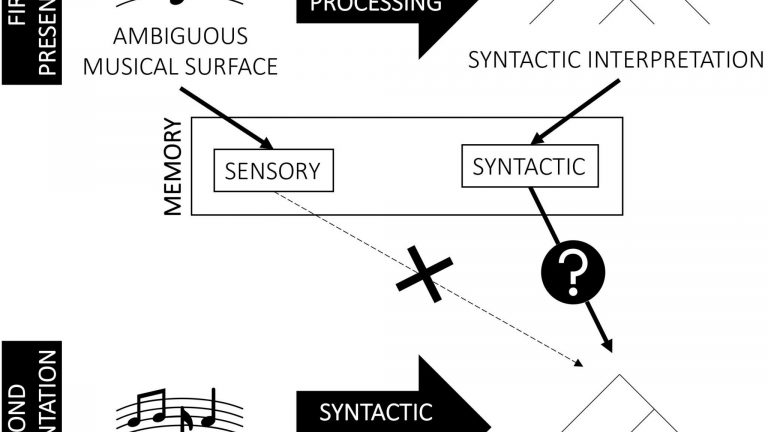
Musical syntactic structure improves memory for melody
When we hear a linguistic sentence, we know that we form a mental representation of the structure of that sentence because we can determine what words refer to what other words. Do listeners form a mental representation of musical structure during listening? Answering this question is challenging because, differently from the linguistic case, it is (…)

Release of Corelli trio sonatas annotated by music theory experts
At this year’s ISMIR (International Society for Music Information Retrieval) online conference we introduced a workflow paradigm for remote consensus building between expert annotators, and showcased one possible implementation by releasing a (nearly completed) Corelli dataset created with it. It includes the scores of 36 sonatas (opp. 1, 3, and 4) in MuseScore 3 format (…)
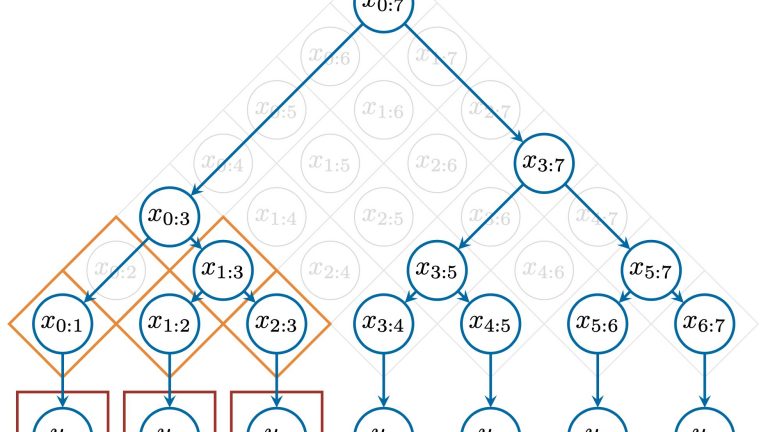
Recursive Bayesian Networks: A New Model Class for Describing Musical Structure
Musical form and syntax in Western classical music are hierarchically organised, similar to how sentences in natural language. Therefore some aspects of musical structure can be described with similar methods, such as with probabilistic context-free grammars (PCFGs) for chord symbols (where chords roughly take the role of words in language). However, beyond such a symbolic (…)
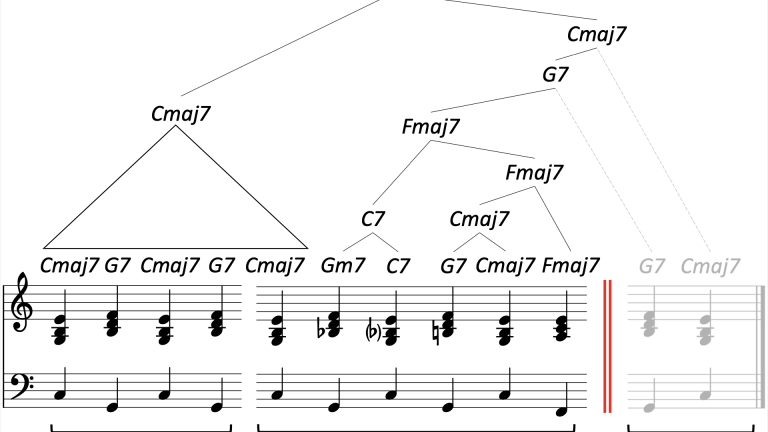
Hierarchical syntactic structure predicts listeners’ sequence completion in music
Studies in psycho-linguistics have provided compelling evidence that theoretical syntactic structures have cognitive correlates that inform and influence language perception. Generative grammar models also present a principled way to represent a plethora of hierarchical structures outside the domain of language. Hierarchical aspects of musical structure, in particular, are often described through grammar models. Whether such (…)